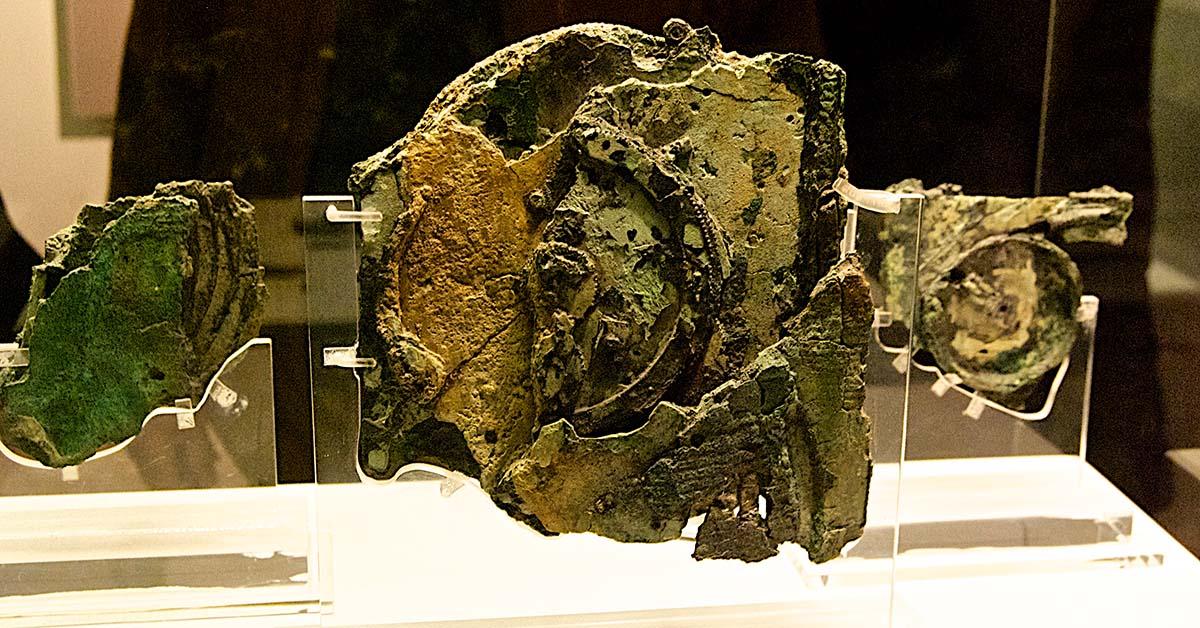Last July, a team of researchers from the University of Glasgow made a groundbreaking discovery regarding the Antikythera mechanism, an ancient Greek device that dates back to around 100 BCE and is considered one of the world's oldest known analog computers. The researchers used statistical modeling techniques and gravitational wave research to determine that it is highly probable that the calendar ring of this remarkable artifact contained 354 holes, which corresponds to a lunar calendar.
The Antikythera mechanism was discovered in 1901 during a shipwreck off the coast of Greece. It consists of various gears and dials that were used to predict astronomical events such as eclipses and the positions of planets. The device's intricate design has puzzled scientists for decades, with many theories about its purpose and function.
One particular mystery was the number of holes in the calendar ring. Previous estimates suggested there could be anywhere from 347 to 367 holes, but the exact number remained uncertain due to erosion and damage to the artifact. To address this uncertainty, researchers Graham Woan and Joseph Bayley applied statistical techniques derived from gravitational wave research.
Gravitational waves are ripples in spacetime caused by massive celestial events such as merging black holes or neutron stars. Researchers use Bayesian analysis to analyze the data collected from these events, which involves calculating probabilities based on prior knowledge and new evidence. In this case, the researchers used Bayesian analysis to estimate the number of surviving fragments in the Antikythera mechanism and then applied that information to determine the most likely number of holes in its calendar ring.
The results showed that a lunar calendar with 354 days was a much more probable solution than previously thought. This discovery not only sheds new light on the Antikythera mechanism but also highlights the potential for interdisciplinary research and innovative approaches to solving long-standing mysteries.
The Antikythera mechanism is an excellent example of ancient Greek engineering and astronomical knowledge. Its intricate design demonstrates a deep understanding of celestial phenomena, which was crucial for navigation, agriculture, and religious practices in ancient Greece. The discovery that the calendar ring contained 354 holes further emphasizes the importance of this device in understanding the history of science and technology.
Despite this exciting development, there are still many questions about the Antikythera mechanism that remain unanswered. For instance, researchers are yet to determine its exact purpose and how it was used in ancient Greece. Furthermore, ongoing research aims to understand the mechanisms behind each of its dials and gears.
In conclusion, the recent discovery that the Antikythera mechanism's calendar ring contained 354 holes is a significant step forward in understanding this remarkable artifact. The use of statistical modeling techniques and gravitational wave research highlights the importance of interdisciplinary approaches to solving complex mysteries. As researchers continue to unravel the secrets of the Antikythera mechanism, we can gain a deeper appreciation for ancient Greek knowledge and innovation.




